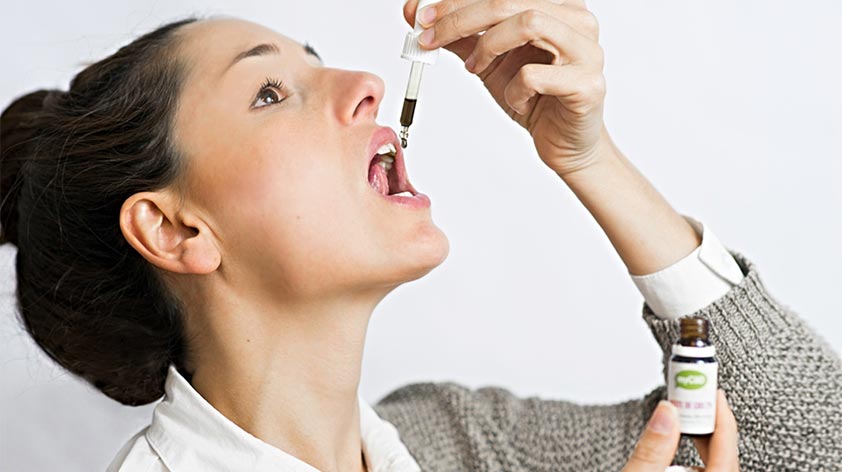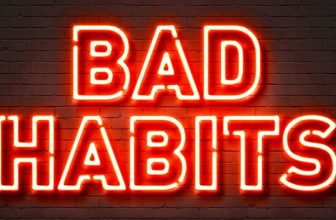
Cannabidiol (CBD) is a chemical substance found in the cannabis (Sativa) plant. There are over 80 chemicals in this plant, with delta-9-tetrahydrocannabinol (THC) being the primary active ingredient. However, cannabidiol (THC) properties are also found in the plant, in small quantities. Read on for Cannabidiol (CBD): Uses, Side Effects & Dosing.
Uses & Effectiveness of Cannabidiol (CBD)
CBD is usually used to treat conditions such as:
Seizure Disorder (Epilepsy)
CBD products such as Epidiolex from GW Pharmaceuticals have shown a significant effect on reducing seizures in adults and kids. Many patients suffering from Dravet Syndrome, TB, and Gastauts Syndrome have often been prescribed this drug. However, this drug cannot treat epileptic seizure (encephalopathy) types in the febrile infection-related epilepsy syndrome (FIRES) category. Note CBD products are prescribed in line with other anti-seizure prescribed medicine.
Multiple Sclerosis (MS)
Multiple sclerosis is usually given a nasal spray prescription. These products contain both delta-9-tetrahydrocannabinol (THC) and cannabidiol, which help reduce pain and muscle tightness, reduce pain during urination for those patients who suffer from these types of problems.
Insomnia
According to research, taking 160mg of cannabidiol before bed helps to improve sleep in people with insomnia. Note that lower doses may not necessarily lead to correspondingly less of an effect. Whilst it may not cause people to actually fall asleep, users do notice a decrease in the recollection of chaotic or disturbing dreams.
Helps During withdrawal from Heroin & Opioid Drugs & Addiction
There is no concrete evidence as yet, that cannabidiol helps directly with the symptoms of drug withdrawal. However, early research suggests that taking cannabidiol for three days will reduce cravings and anxiety in people suffering with substance use disorder.
Helps to Quit Smoking
A study suggests that inhaling cannabidiol with an inhaler for a week may help reduce cigarette smoking by up to 40%.
Side Effects & Safety of Using Cannabidiol
Oral Administration
Cannabidiol is safer when it is taken by mouth or sprayed under the tongue. It is also safe to use cannabidiol doses exceeding 300mg daily for six months. You should only take doses in the 1200mg-1500mg range every day through the mouth however for only four weeks at a stretch
Cannabidiol sprayed under the tongue should not exceed 2.5mg and for no more than two weeks. Keep in mind that continuous abuse of these products can lead to addiction
Potential Side Effects of Administering Cannabidiol Orally
- Low blood pressure
- Lightheadedness
- Drowsiness
- Dry mouth
- Signs of liver injury have been reported by some patients
Skin Application
There is no evidence or reliable information as yet that acknowledges the application of cannabidiol on the skin as being safe or not, and its side effects.
Precautions & Warnings for Using Cannabidiol
Pregnancy & Breastfeeding
Cannabidiol is not safe to use when pregnant or breastfeeding. Cannabidiol products are often produced in conjunction with ingredients that may be potentially harmful to an unborn foetus. Mothers are strongly advised stay on the safe side.
Liver Disease
All patients suffering from liver disease should lower the use of cannabidiol due to potential side effects
Children
Only a professional healthcare provider should prescribe cannabidiol. Prescription cannabidiol should be administered by mouth in doses not exceeding 25mg daily. A child must be at least one year-old or above before CBD may be permitted, and again only under careful supervision.









